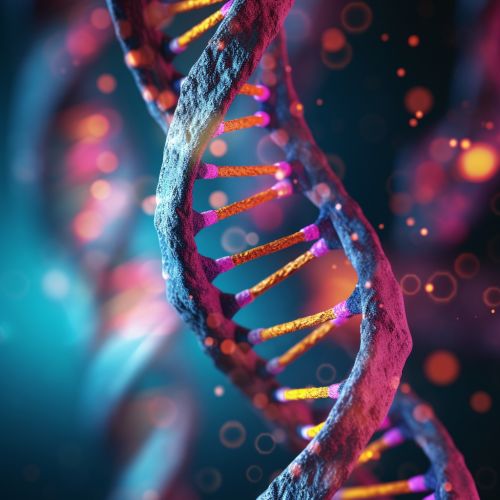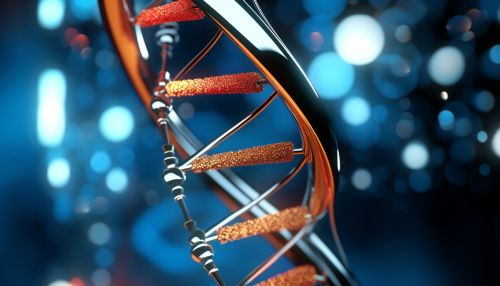Pseudogene
Overview
A pseudogene is a sequence of DNA that resembles a functional gene, but is generally thought to be non-functional due to the presence of disruptive mutations. They are often referred to as "dormant" or "silent" genes, as they do not produce functional proteins or RNAs. Pseudogenes are ubiquitous in the genomes of all organisms, from bacteria to humans, and their study has provided important insights into the evolution of genomes and the regulation of gene expression.


Classification
Pseudogenes can be classified into three main types: processed, unprocessed (or duplicated), and unitary pseudogenes.
Processed Pseudogenes
Processed pseudogenes are formed through a process called retrotransposition, in which an RNA molecule is reverse-transcribed back into DNA and inserted into the genome. These pseudogenes lack the introns present in the parent gene and are often flanked by direct repeats, a hallmark of retrotransposition.
Unprocessed Pseudogenes
Unprocessed pseudogenes, also known as duplicated pseudogenes, arise from the duplication of a parent gene. Over time, one copy of the gene accumulates mutations that render it non-functional. These pseudogenes retain the same structure as the parent gene, including exons and introns.
Unitary Pseudogenes
Unitary pseudogenes are unique in that they do not arise from duplication or retrotransposition. Instead, they are the result of a single gene becoming non-functional due to mutations. Unlike the other types of pseudogenes, unitary pseudogenes do not have a functional counterpart in the genome.
Function
While traditionally thought to be "junk" DNA, recent research has suggested that some pseudogenes may have a functional role in the cell. Some pseudogenes are transcribed into RNA, and these pseudogene-derived RNAs can regulate the expression of other genes through a variety of mechanisms. For example, pseudogene RNAs can act as microRNA sponges, binding to and sequestering microRNAs to prevent them from regulating their target genes.
Role in Disease
Pseudogenes have been implicated in a number of diseases, including cancer. Some pseudogenes are highly expressed in certain types of cancer, and their expression levels can be correlated with disease progression and prognosis. In addition, mutations in pseudogenes can disrupt their regulatory functions, leading to dysregulation of gene expression and contributing to disease development.
Evolution
Pseudogenes provide a valuable window into the evolution of genomes. By comparing the sequences of pseudogenes and their parent genes, scientists can infer the evolutionary history of the gene family. Pseudogenes can also provide information about the selective pressures acting on a genome, as they are free from the constraints of functional necessity and can accumulate mutations at a neutral rate.
